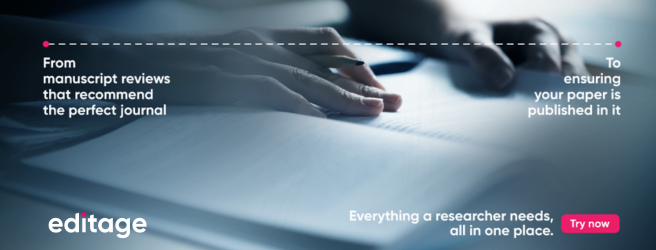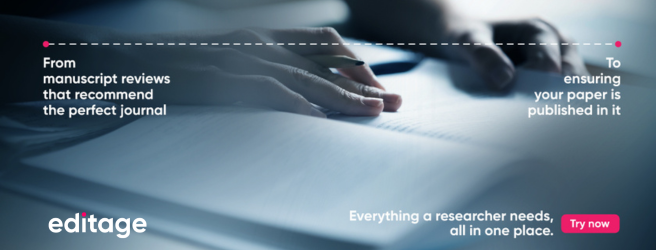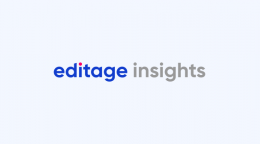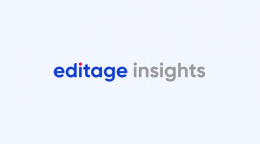India's new four-tier system to counter plagiarism meets with mixed responses

The Indian government recently announced the drafting of a policy, which includes a four-tier system, to penalize researchers engaging in academic plagiarism. This announcement has elicited mixed responses among researchers, some applauding the country’s first attempt to hold researchers accountable for research misconduct, some viewing it skeptically, and some others declaring it inaccurate. The policy is yet to be approved by the Human Resource Development Ministry, which responsible for the development of human resources in India.
Plagiarism has been identified as a persistent problem in Indian research, but the country had not adopted a systematic approach to tackle it up until now. For the first time, the University Grants Commission of India (UGC), a statutory body that manages higher education, is taking formal steps to regulate the issue.
The four-tier policy takes into account different levels of plagiarism and states the consequences for authors accordingly. The four tiers are as follows:
- First tier: Plagiarism as low as 10% will fall under this category. It would be considered acceptable and would not invite any disciplinary action.
- Second tier: Similarities in the range of 10% to 40% will require the student to revise and resubmit the paper within six months, whereas faculty members would have to withdraw their paper that contains plagiarized content.
- Third tier: If the plagiarism is found to be in the range of 40% to 60 students will be deprived of submitting the revised paper for the duration of one year. Faculty members found guilty of this would lose their annual pay rise and would have to give up academic supervision duties for two years.
- Fourth tier: If plagiarism of more than 60% would be found, authors would be asked to leave the program and the faculty would lose their annual pay rise for two years and face a three-year ban on academic supervision duties. Repeat offenders could face disciplinary action and termination of their duties.
Some researchers like Virander Singh Chauhan, executive head of the National Assessment and Accreditation Council in Bengaluru, have welcomed the move and feel it is “a much-needed step in the right direction.” The same sentiment, however, is not shared by all academics in India. Skeptics are of the opinion that plagiarism is an offence that cannot be categorized. “Is this a joke?” questions Valangiman Subramanian Ramamurthy, a nuclear physicist at the National Institute of Advanced Studies in Bengaluru.
Pointing out the loopholes in the policy, Nandula Raghuram, a biotechnology professor at Guru Gobind Singh Indraprastha University, said that the tier system could prove to be “dangerous” as it may place power in the hands of higher education institutions who could misuse it. He adds that some parts of the manuscript such as the materials and methods section tend to have a high percentage of similarity, which the policymakers should consider. However, the policy document states that only the abstract, summary, hypothesis, results, conclusions, and recommendations will be assessed for similarities with previously published literature.
All Indian universities will be expected to follow the policy. The policy requires the universities to set up interdepartmental panels to deal with cases in which plagiarism is suspected. Institute-wide panels too will need to be created to review the departmental decisions and handle appeals.
It remains to be seen if these changes succeed in bringing awareness among Indian researchers regarding research and publication ethics and reducing the number of plagiarism related incidents.
Related reading:
- Research misconduct and the need for author education
- 5 easy tips to avoid accidental plagiarism
- What's the big deal about self-plagiarism?
- How an author countered false allegations of plagiarism: A case study
Frequently asked questions about plagiarism:
- Is it plagiarism if I use the same words as the original text but cite the source?
- The journal suspects that my manuscript is plagiarized. What should I do?
- Is it plagiarism if two studies use the same text in the methods section?
References:
Published on: Apr 13, 2018
Comments
You're looking to give wings to your academic career and publication journey. We like that!
Why don't we give you complete access! Create a free account and get unlimited access to all resources & a vibrant researcher community.














